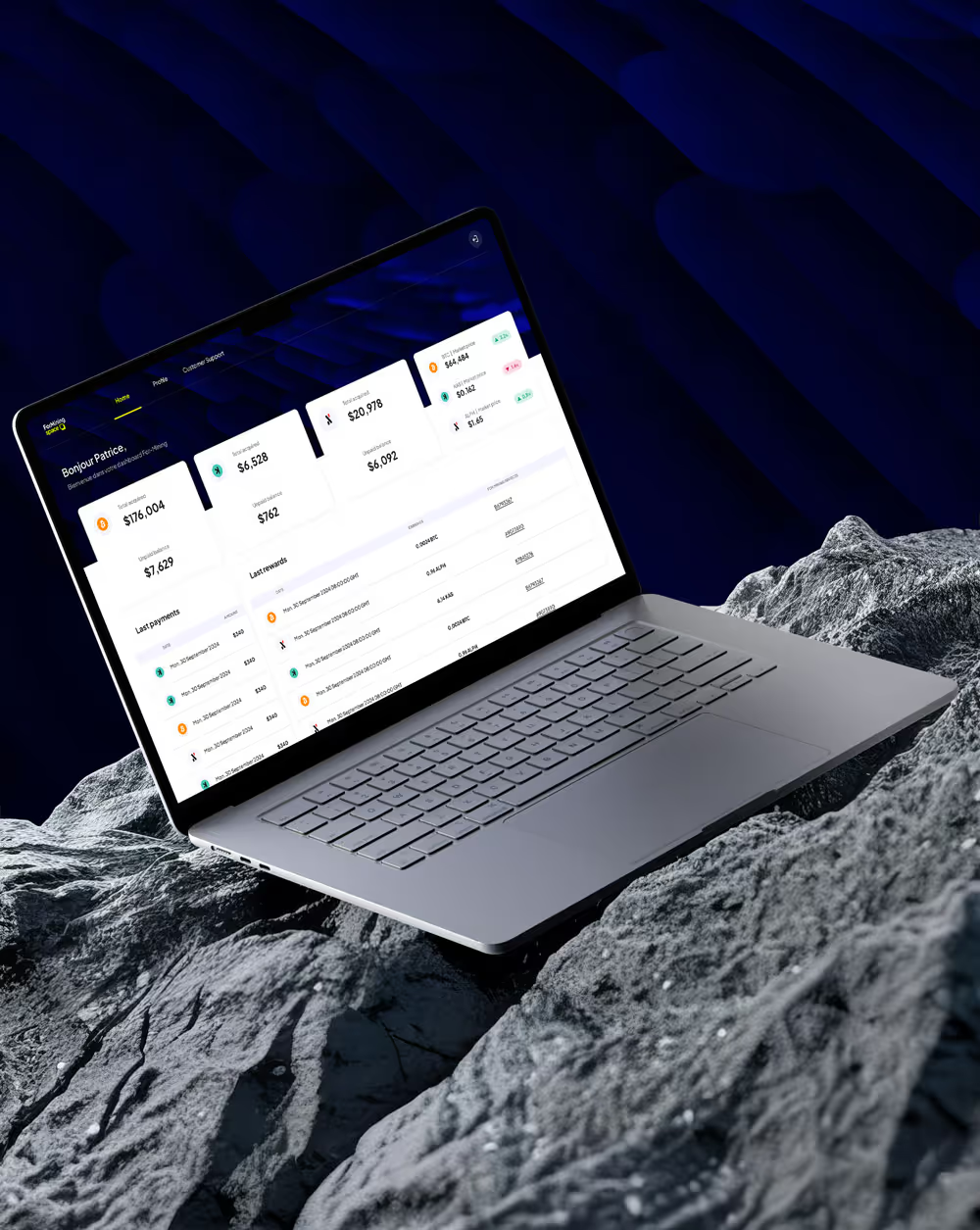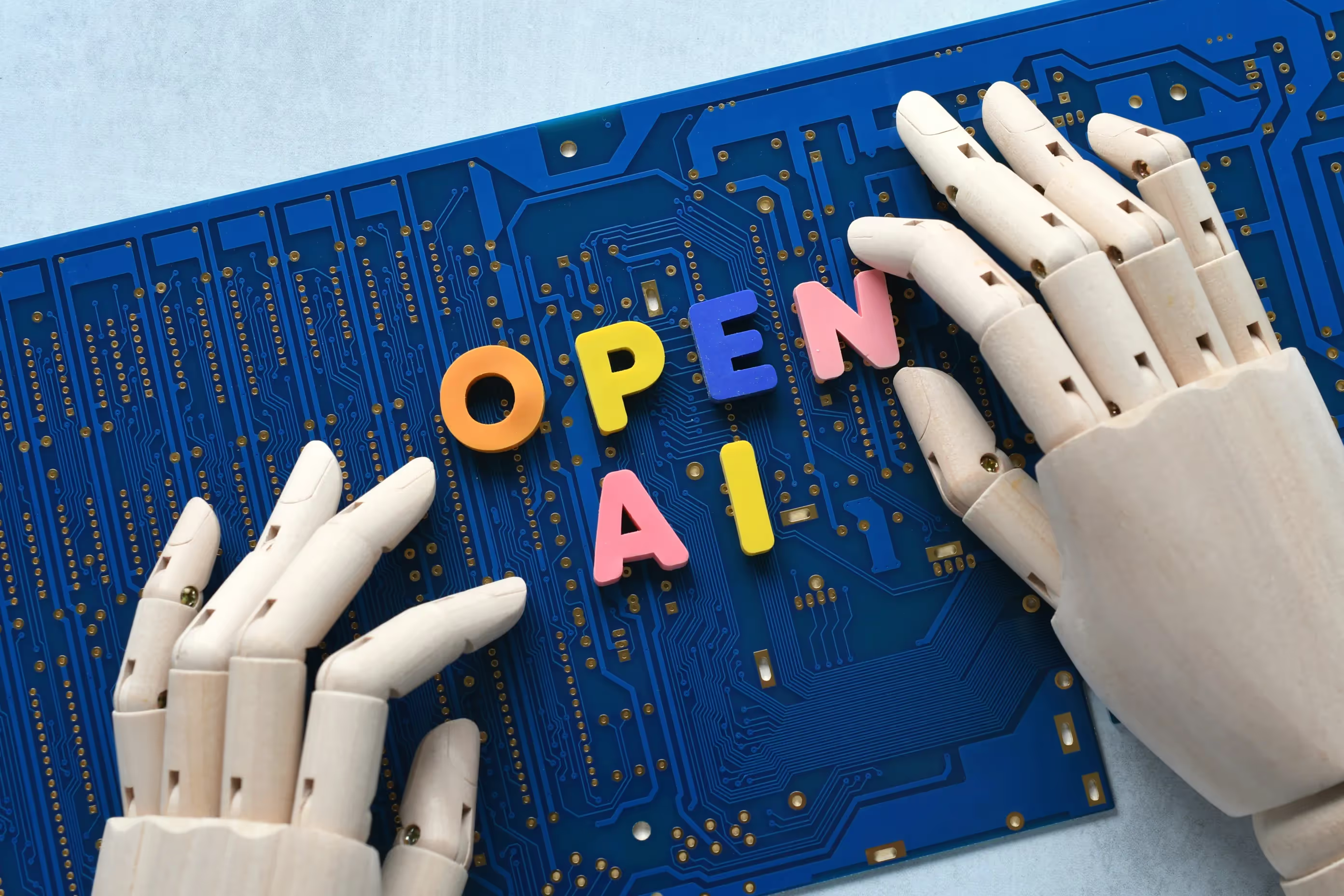
10h11 and TANGRAM: an innovative collaboration for the Social Room
The TANGRAM Center of Excellence, inaugurated in May 2024 in the presence of President Emmanuel Macron and other dignitaries, represents a strategic turning point for its initiators. The center wants not only to strengthen its internal skills but also to attract talent, startups, as well as academic and industrial partners. Among the 4 immersive experiences such as an avatar using AI, virtual reality, and many others, is the Social Room, equipped with our dashboards, which can be used as a space for visualizing data in real time and managing social and professional interactions.

Design and development of dashboards
The dashboards we developed for TANGRAM are the result of close collaboration between our technical teams and the visionaries behind this project. Each dashboard makes it possible to monitor in real time a multitude of key data such as social commitment, trends in the transport and logistics market or scientific publications related to innovation themes.
The ability to act on the basis of up-to-date and accurate data is crucial in an environment as dynamic and demanding as TANGRAM. Venue visitors can now access contextual insights that help them adjust training programs, optimize interactions, and strengthen stakeholder engagement through clear and interactive visualizations.
Impact and reception
Since installing our dashboarding solutions, the reception has been extremely positive.
This collaboration also marks an important step for 10h11 in our mission to democratize access to data. By working with a major economic player in the maritime and logistics industry, we are strengthening our positioning as a strategic partner in the data and visualization sector in France and internationally.

Towards a collaborative future
The future of this collaboration between 10h11 and TANGRAM promises to be rich and promising. In addition to continuing to develop innovative solutions for TANGRAM, we could consider expanding our intervention to other areas and functionalities, for example by integrating artificial intelligence into its dashboards.
We are convinced that the tools we are developing will play a key role in training tomorrow's leaders and in transforming the maritime and logistics industry. The feedback from our users at TANGRAM and the tangible results obtained motivate us to push the limits of what technology and data can offer even further.
Learn more about TANGRAM
- [Link to BFMTV article]
- [Link to Challenges.fr article]
- [Link to LaProvence.com article]
- [Link to Ouest-France.fr article]



